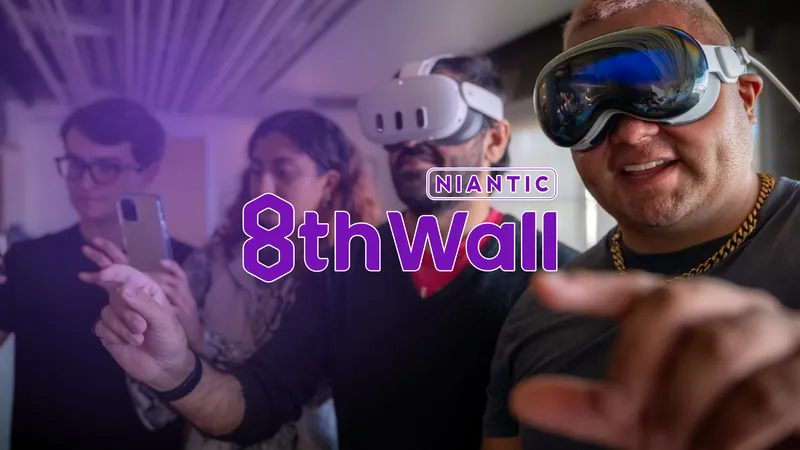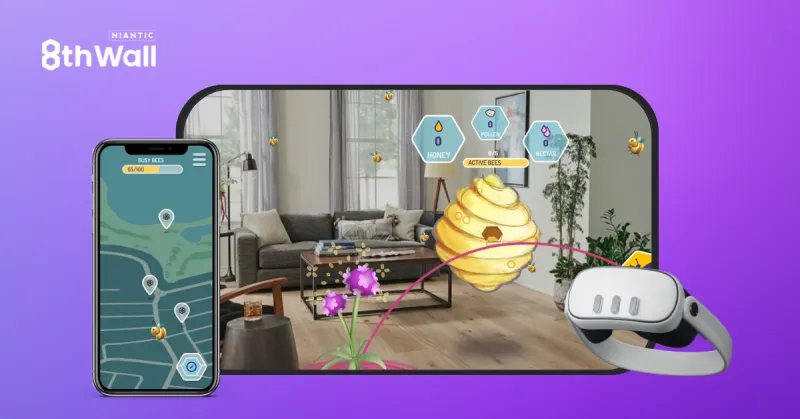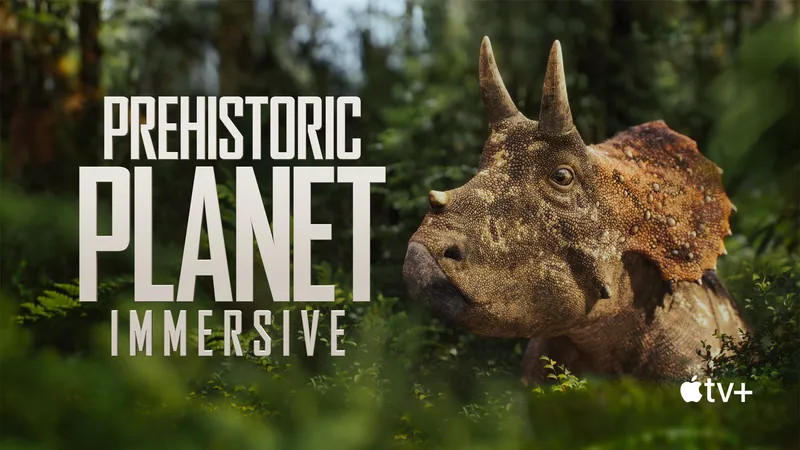Since headsets have launched, attention has turned to the importance of content too. With game, interactive, and video studios playing catch up on content creation, output has been slower than early adopters had hoped. In addition, the curated and proprietary aspects of VR app stores means it will take a long time before large volumes of content are available there, and for users to fully understand what content is available where and for which headset.
Thankfully, a compelling future for VR – that has mostly stayed under the radar to date – is WebVR: the distribution and display of VR in a headset agnostic manner which lets content creators build and distribute VR experiences directly to consumers, at scale, via a web browser.
While the headset launches got all the attention, 2016 has been a tremendous year for WebVR. I’d like to acknowledge here the incredible work done by the under-the-radar heroes implementing WebVR into the browsers: Brandon & Josh at Chrome, Vlad & Kearwood at Firefox, Mike & Laszlo at Samsung, Frank-Olivier at Microsoft and many more… Last month, WebVR 1.0 landed in the Firefox nightly build. And it’s set to move from beta builds of Chrome to a first integrated stable release by the end of the year. Microsoft just announced experimental WebVR support in Edge. In short, we are at a turning point for VR on the Web. It’s becoming a reality. You can already teleport yourself to Mars in VR in one click through your web browser:
The WebVR path to become a standard sounds familiar to me. I spent the past 5 years looking at how WebGL unfolded. Initially not a standard at all, with many people laughing even at the concept of displaying 3D in the browser. It eventually landed in iOS, and even in IE, after many said it would never ever get there. I see the same thing happening with WebVR, with the usual doubters saying “real VR” can’t be done in the browser, and starting to get into frame rate considerations etc… Condemning the potential of a technology by judging where it is today kind of misses the point. And if the frame rate was debatable at first, it is pretty solid today, and will only get better just as the browser keeps improving.
Most of the VR content today is gaming, studio-made, paid for and downloadable. But if VR is to become the next big computing platform – after the PC era, the internet era and the mobile era – the bulk of the content will be user-generated, free, web-based, and as a result much broader than just gaming.
Why is WebVR such a big deal for the future of VR? There are several key reasons.
Distribution
One of the questions that keep coming back in the VR world is: how do we get people to come back to their headsets. The industry answer so far has been to bring content to the headsets through the app stores. WebVR opens the door to a much more scalable approach: bringing headsets to the content. We should focus on bringing the content where the audience is, which is Facebook, LinkedIn, WordPress, Reddit, Twitter, Google search results… all those online publishing platforms who have a much wider and pre-existing reach compared to the brand new VR app stores. The web has already disrupted the distribution of music, images and videos, VR content is next.
Cross-platform
VR is very fragmented right now. There is a new VR headset hitting the market pretty much every week, with its own ecosystem (app store, controllers etc…). WebVR does a lot of the hard work to enable cross platform compatibility. In other words, it’s rather straightforward to make a WebVR experience compatible with all headsets, whereas for native builds you have to build for each headset.
Immediacy
It’s 2016, people don’t want to download things. They want content that is one click away. WebVR is the only way I know to allow VR to be one click away.
WebVR doesn’t mean we don’t need app stores, of course. Advanced games and long-form movies will offer a better experience if downloaded, and many people looking for content will head to the app stores to find it. The great thing is that WebVR is totally compatible with native apps and app store distribution. I expect to see more and more native apps embedding WebVR content, so they can benefit from the store distribution too, while leveraging the web as a scalable infrastructure.
Alban Denoyel is the CEO and co-founder at sketchfab.com, which hosts a user generated library of 3D models and scenes you can view in a VR headset, app and on PC and mobile through a Web browser.





























